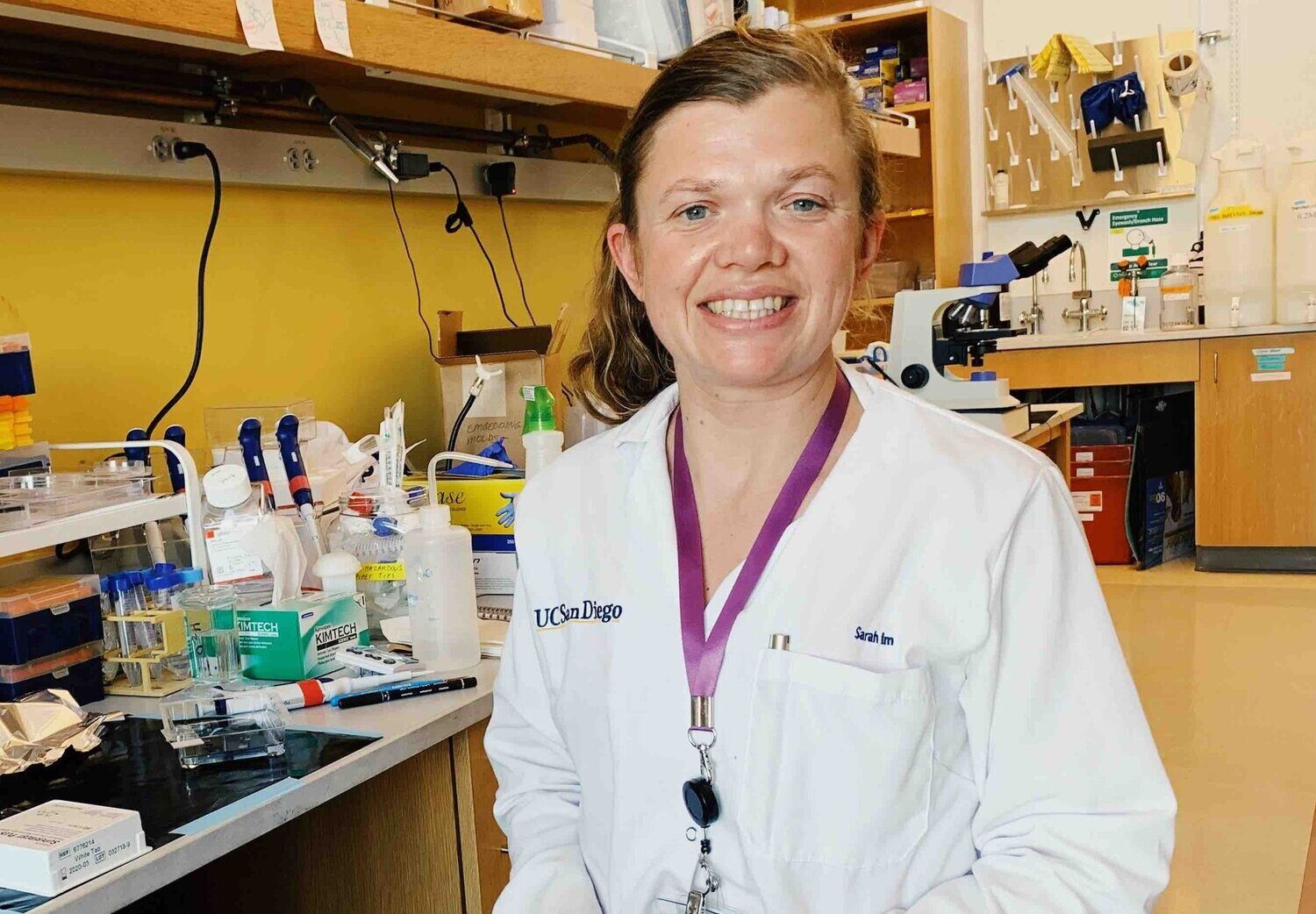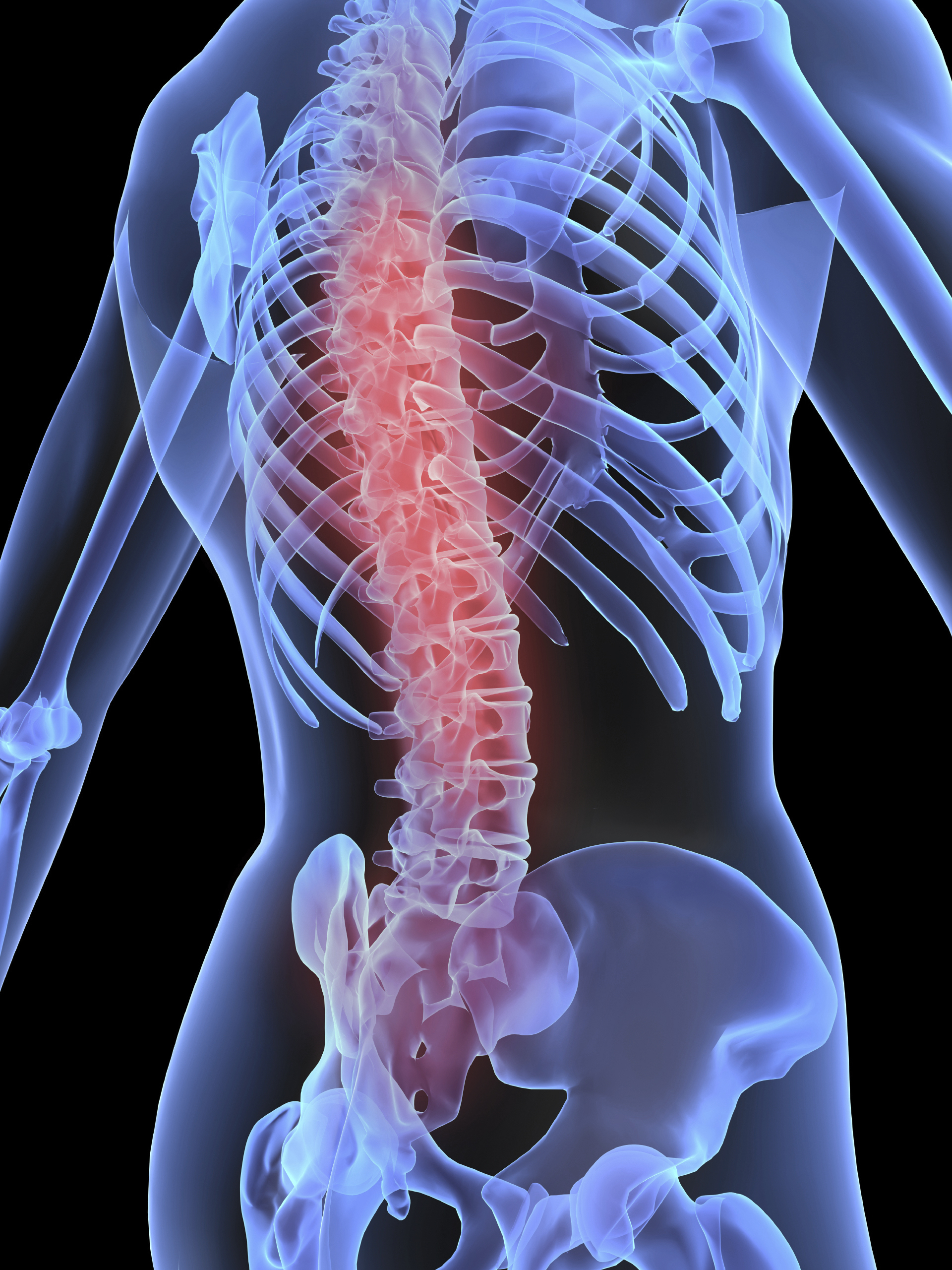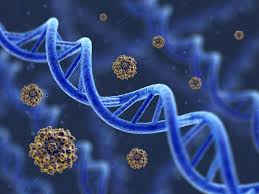Viewing archives for Upper limb functions
Non-invasive spinal cord stimulation combined with activity-based rehabilitation in chronic spinal cord injury

What you need to know
Lead researcher:
Ms Jane Symonds
Functional target:
Upper limb function
Treatment type:
Neuromodulation, Rehabilitation
- The aim of this research was to document both short term and lasting functional changes that could be safely and comfortably achieved through the combination of spinal stimulation and activity based rehabilitation in patients with a C4-T12 spinal cord injury.
- Participants were assessed using various evaluation criteria including the International Standards for Neurological Classification of Spinal Cord Injury (ISNCSCI), the ISNCSCI is a widely used examination tool which allows clinicians and researchers to understand the level and severity of a spinal cord injury.
- Results showed that five out of six participants demonstrated a change in either level of injury or severity of injury when assessed using the ISNCSCI classification.
In a nutshell
This study aimed to assess the effects of transcutaneous electrical stimulation combined with activity-based rehabilitation (ABR) in individuals with a chronic spinal cord injury. Transcutaneous electrical stimulation of the spinal cord (tSCS) was delivered using the ARCEX System (ONWARD Medical). A total of six individuals participated in three, two hour, ABR sessions a week, during which they received at least 45 minutes of transcutaneous spinal cord stimulation (tSCS). Participants each underwent a total of 120 sessions.
The study measured changes across three key domains, (sensory, motor, and autonomic function) using a set of internationally recognized evaluation criteria. These assessments were performed at baseline (prior to intervention), and then repeated after 40 and 120 sessions of rehabilitation.
Residual sensory and motor function was assessed and graded using the International Standards for Neurological Classification of Spinal Cord Injury (ISNCSCI). Lower extremity motor function was assessed using the NeuroRecovery Scale (NRS), this involved participants undertaking various task-based exercises which researchers scored numerically. Autonomic function was assessed using a set of standardized questionnaires.
The most significant findings were associated with sensorimotor function gains, which were observed after a minimum of 60 sessions of tSCS-ABR. More specifically, results showed that five out of six participants demonstrated a change in either level of injury or severity of injury when assessed using the ISNCSCI classification; and all six participants demonstrated an improvement by at least one phase according to the neuromuscular recovery scale. Researchers hope to replicate these findings in individuals with cervical spinal cord injuries.
How this supports our goal to cure paralysis.
This study’s findings demonstrate that transcutaneous stimulation may be a promising approach to treating spinal cord injuries. Early results indicate that tSCS, when combined with activity-based therapy as the ability to produce tangible improvements in sensory and motor function. By demonstrating changes in injury levels and severity classifications in the majority of participants, it is clear that this combined approach has considerable promise in reshaping the landscape of spinal cord injury rehabilitation and functional recovery
You may also be interested in
Transcutaneous electrical stimulation for recovery of arm and hand function in individuals with cervical spinal cord injury

What you need to know
Institution:
Leeds University
Lead researcher:
Dr. Ronaldo Ichiyama
Functional target:
Upper limb function
Treatment type:
Neuromodulation, Rehabilitation
- Transcutaneous electrical stimulation (tCES) is a non-invasive technique that involves applying electrodes on the skin, these are used to pass electrical currents through the skin to stimulate specific nerves and muscles.
- Previous studies have investigated the safety tCES. These studies not only confirmed safety but also demonstrated improvements in hand strength.
- Researchers are now keen to explore the most effective ways to fine-tune tCES settings and maximize improvement in arm and hand functionality in individuals with cervical spinal cord injuries (cSCI).
In a nutshell
Researchers will investigate the optimum stimulation settings for each individual before combining stimulation with task specific practice on hand and arm function.
Researchers will then record baseline measurements over the course of four weeks across a range of criteria including a measurement tool called GRASSP (Graded and Redefined Assessment of Strength, Sensibility and Prehension test). This involves a trained researcher or clinician who will evaluate and score hand function as the participant is asked to perform various exercises.
Once baseline measurements are completed, participants will undergo upper limb therapy which includes a series of exercises tailored to the individuals’ needs and functional status. This will coincide with participants receiving tCES. During this time, participants will be continually reassessed, up to 3 months after receiving the intervention. Researchers will compare outcome measures before and after tCES, with the aim of demonstrating improved arm and hand function post intervention.
How this supports our goal to cure paralysis.
Injury to the cervical levels of the spinal cord is more common than injury to the lower segments of the spinal cord, thus tetraplegia is more common than paraplegia. Research has revealed that tetraplegics rank regaining arm and hand function as their main priority for rehabilitation, five times greater than bowel, bladder, sexual or lower extremity function. However, despite recent advances made in recovery of ambulatory function, research that strives to uncover how best to optimise arm/hand rehabilitation after SCI remains limited. Identifying and optimizing effective therapies to restore functional arm and hand recovery is an important clinical, economical, social and humanistic goal.
You may also be interested in
Determining the effects of transcutaneous spinal electrical stimulation on sensorimotor function in chronic complete tetraplegia

What you need to know
Institution:
Glasgow University
Lead researcher:
Dr. Mariel Purcell
Functional target:
Upper limb function
Treatment type:
Neuromodulation, Rehabilitation
- Following a spinal cord injury, sensation and function is often lost below the level of injury
- Stimulation of the spinal cord through modulated electrical pulses has shown the potential to restore function post injury.
- Stimulation can be delivered safely through the skin. This is known as transcutaneous stimulation.
In a nutshell
This study aims to investigate the use of transcutaneous spinal cord stimulation (tsES) in the recovery of function and sensation. The neuromodulation stimulator used in this study could become a low-risk treatment and can easily be adopted in rehabilitation or community settings.
There is a potential for individuals with SCI to benefit from the recovery of lost sensory and motor function with lasting improvements leading to increased independence and quality of life
Project Summary
In a previous pilot study, four chronic complete tetraplegic participants with a spinal cord injury (SCI) received four-week transcutaneous spinal cord stimulation as well as prescribed activity-based therapy (ABT). This resulted in two of the subjects gaining lasting sensory and motor function below their injury level.
The aim of this study is to investigate this further, with a similar patient cohort but over a longer period. Prior to delivering up to 16 weeks of tsES/ABT, the research team will pre-condition (strengthen) the participants’ paralyzed muscles using 6 weeks of functional electrical stimulation (FES) therapy.
The study aims to observe any immediate and lasting changes in motor (movement) and sensory function.
How this supports our goal to cure paralysis.
Stimulation of the spinal cord aims to maximise the existing connections or ”spared circuitry” which exists in the majority of spinal cord injury cases.
Studies such as this show the potential of stimulation away from a ”clinical” setting and could allow members of the SCI community to use this device within the home environment to improve function after injury.
You may also be interested in



